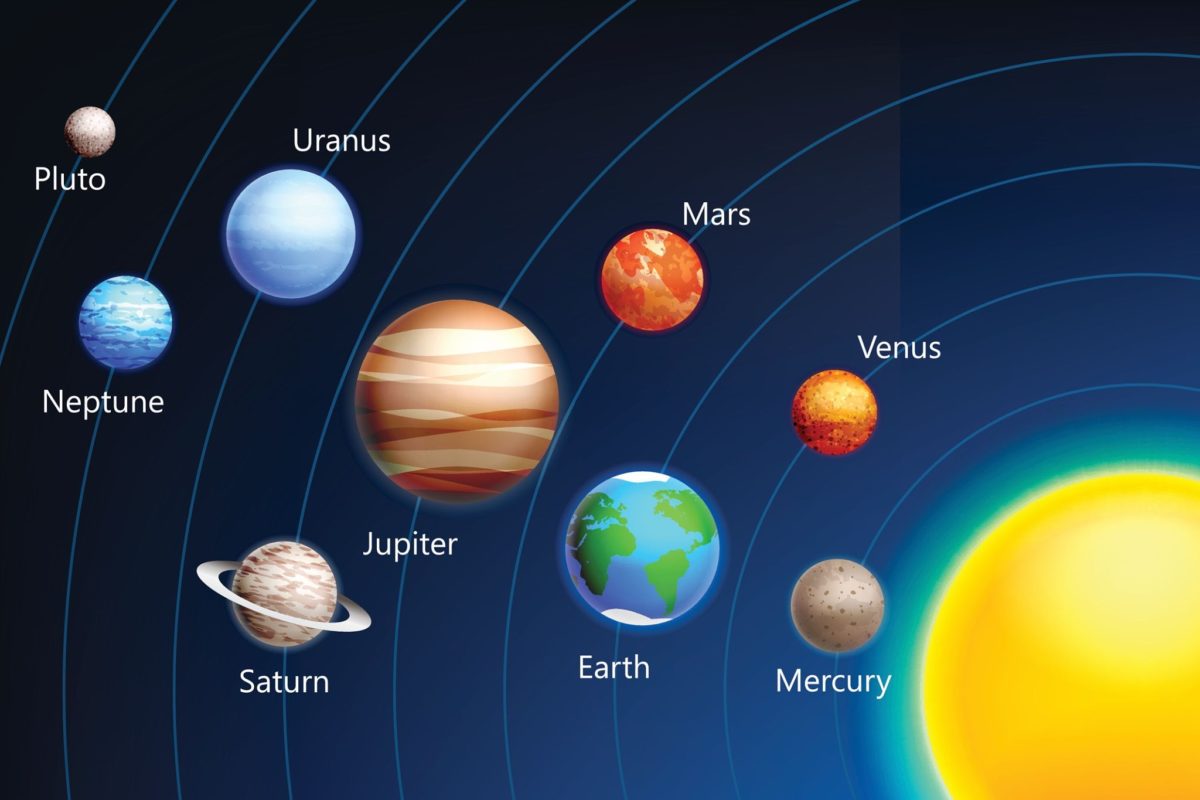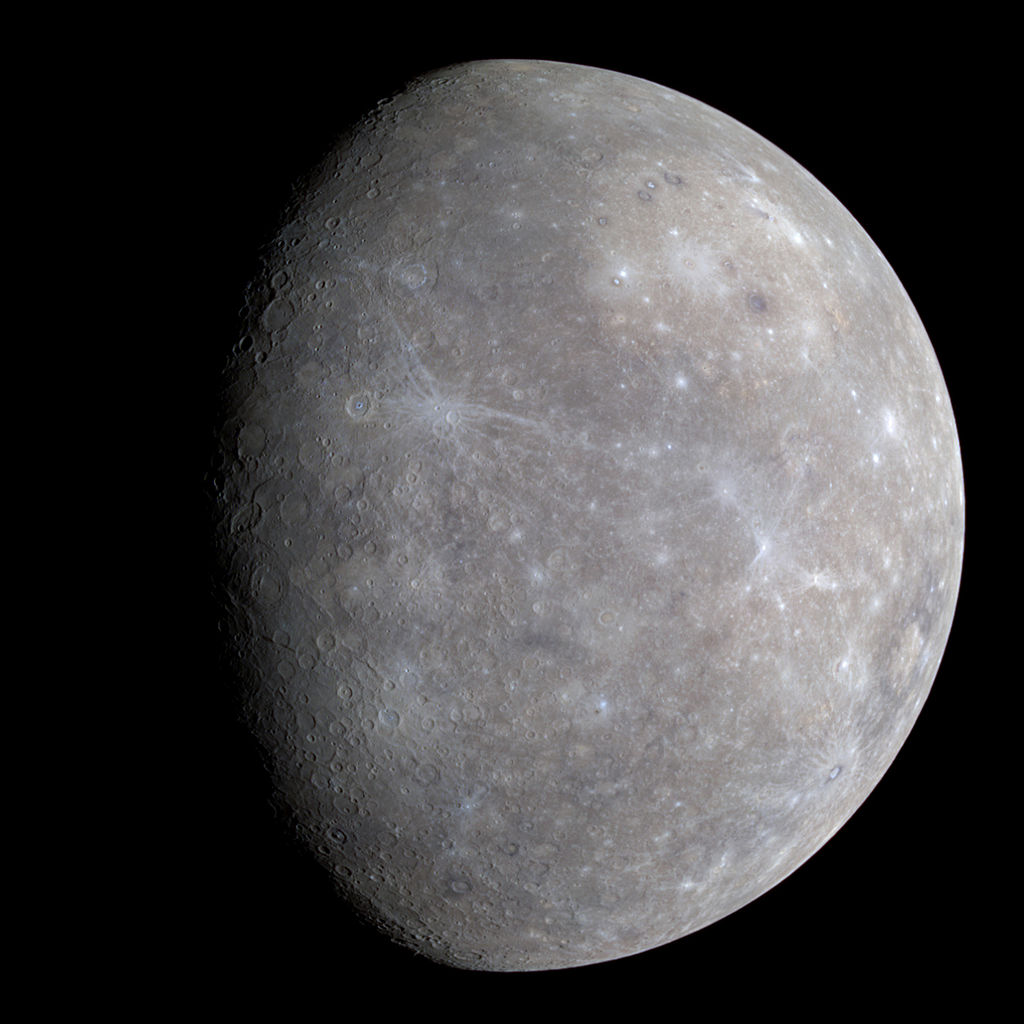The Persians are an Iranian ethnic group that make up over half the population of Iran.[2][3] They share a common cultural system and are native speakers of the Persian language,[4][5][6] as well as languages closely related to Persian.[7]
The ancient Persians were originally an ancient Iranian people who migrated to the region of Persis, corresponding to the modern province of Fars in southwestern Iran, by the ninth century BC.[8][9] Together with their compatriot allies, they established and ruled some of the world’s most powerful empires,[10][9] well-recognized for their massive cultural, political, and social influence covering much of the territory and population of the ancient world.[11][12][13] Throughout history, Persians have contributed greatly to art and science.[14][15][16] Persian literature is one of the world’s most prominent literary traditions.[17]
In contemporary terminology, people of Persian heritage native specifically to present-day Afghanistan, Tajikistan, and Uzbekistan are referred to as Tajiks, whereas those in the Caucasus (primarily in the present-day Republic of Azerbaijan and the Russian federal subject of Dagestan), albeit heavily assimilated, are referred to as Tats.[18][19] However, historically, the terms Tajik and Tat were used as synonymous and interchangeable with Persian.[18] Many influential Persian figures hailed from outside Iran’s present-day borders to the northeast in Central Asia and Afghanistan and to a lesser extent to the northwest in the Caucasus proper.[20][21] In historical contexts, especially in English, „Persians“ may be defined more loosely to cover all subjects of the ancient Persian polities, regardless of ethnic background.







